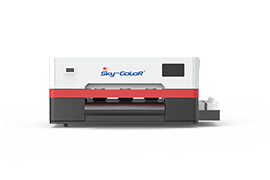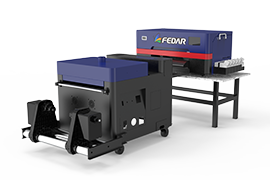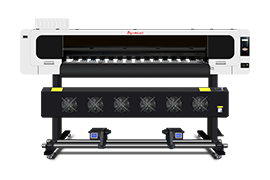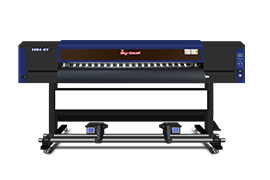Product Categories
- > Digital Textile Printer
-
- Fedar Sublimation Textile Printer
FEDAR FD61916E Sublimation Printer FEDAR FD1924 Sublimation Printer FEDAR FD1912S Sublimation Printer FEDAR FD61915E-A Sublimation Printer FEDAR FD5198E Sublimation Printer FEDAR FD51915E Sublimation Printer FEDAR FD53215E Sublimation Printer FEDAR FD61915E Sublimation Printer FD6198E 8 Heads Printer FD6194E 4 Heads Printer FD5194E 4 Heads Printer FD5328E 3.2m Printer FD5193E 3 Heads Printer Fedar TC Series Sublimation Printer(3heads,4heads,6heads)(Stop) FD5268E 2.6m Printer FD5223E 2.2m Printer (Stop) FD1900 2 Heads Printer AL193 3 Heads Printer (Stop) TC1932 2 Heads Printer (Stop)
- Fedar Direct To Film
A3 DTF Printer FDA3 DTF Printer FD70-5 DTF Printer FD70-3 DTF Printer (Stop) FD30 DTF Printer (Stop) FD60 DTF Printer FD70-4 DTF Printer FD65-2 DTF Printer (Stop) FD70-2 DTF Printer (Stop) TR 4180 (Stop) FD 680 DTG (Stop) FD1828 Belt cotton printer (Stop)
- Fedar Sublimation Textile Printer
The Lifeblood of Your Printer: Essential Ink System Maintenance for Digital Textile Printing
2025-08-051. Prioritize Ink Quality: The Foundation of Performance
Stability is Paramount: Ink stability becomes even more crucial in high-temperature environments.
Use Qualified Inks: Always employ high-quality inks specifically formulated for your printer and compatible with the prevailing ambient temperature range.
Avoid Substandard Products: Strictly refrain from using inferior or counterfeit inks. These low-quality alternatives are far more prone to sedimentation, degradation, and viscosity changes under heat, significantly increasing the risk of printhead clogging and print defects.
2. Conduct Regular Ink Pipeline Inspections: Ensuring Integrity & Flow
Vigilance for Damage: Routinely inspect all ink lines for signs of wear, including cracks, brittleness, softening, or any evidence of leaks.
Heat Accelerates Aging: Be aware that hot weather dramatically accelerates the aging process of pipeline materials. Compromised lines are a major failure point.
Prompt Replacement: Immediately replace any damaged, degraded, or leaking pipelines. Delaying replacement risks severe machine damage from ink spills and internal corrosion.
Secure Connections: Ensure all pipeline connections and fittings are tight and secure. High temperatures can cause materials to expand, potentially leading to loose connections that disrupt ink supply continuity and cause print artifacts.
3. Control the Ink Storage Environment: Preserving Ink Properties
Temperature Sensitivity: The storage temperature of ink profoundly impacts its chemical stability and physical properties (viscosity, surface tension).
Optimal Storage Conditions: During hot weather, store ink containers in a consistently cool, dry, and well-ventilated location.
Avoid Heat & Sunlight: Never store ink in direct sunlight or near heat sources (ovens, dryers, uninsulated walls). Elevated temperatures accelerate chemical reactions within the ink, leading to viscosity alterations, pigment settling, and potential formulation breakdown, all of which detrimentally affect print performance and reliability.





